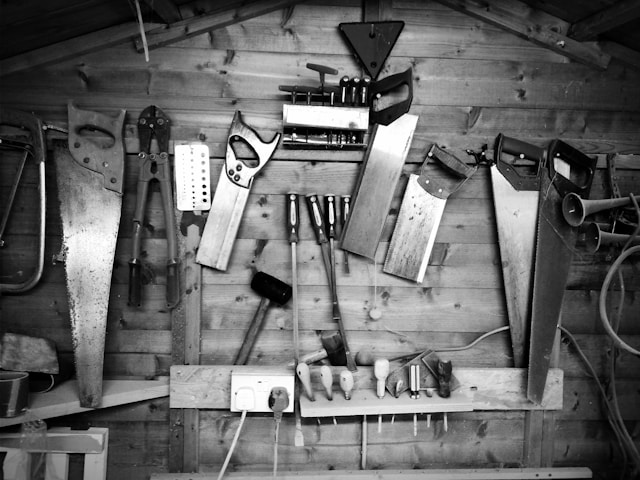DIY home improvement has never been more popular, thanks to online tutorials and a wealth of how-to guides. While tackling projects yourself can save money and bring personal satisfaction, some tasks are best left to professionals. Knowing when to DIY and when to call a professional can prevent costly mistakes, ensure safety, and guarantee high-quality results. This guide will help you decide which projects you can handle and when to bring in an expert.
Benefits of DIY
DIY projects offer several advantages, including:
- Cost Savings: You eliminate labor costs by doing it yourself.
- Skill Development: You gain hands-on experience and new skills.
- Personal Satisfaction: Completing a project yourself can be rewarding.
- Flexibility: You can work at your own pace and schedule.
When a Project is Suitable for DIY
If a project meets the following criteria, it’s likely safe to DIY:
- Low-Risk Tasks: Painting, landscaping, assembling furniture, and installing shelves.
- Step-by-Step Tutorials Available: If there’s an abundance of instructional videos and guides, it’s a good sign you can handle it.
- Requires Common Tools: If all you need are basic tools like a hammer, screwdriver, or paintbrush, DIY is a viable option.
- No Legal or Safety Risks: Tasks that don’t require permits or put you in danger are generally safe to attempt.
When to Call a Professional
Certain projects require specialized skills, professional tools, or legal compliance. Consider hiring an expert for:
- Electrical Work: Wiring mistakes can cause fires or electrocution. Licensed electricians ensure safety and code compliance.
- Plumbing Repairs: Water damage from improper plumbing repairs can be costly. Professional plumbers prevent leaks and structural damage.
- Structural Changes: Load-bearing wall removal or foundation work requires expertise to avoid compromising your home’s integrity.
- Roof Repairs: Working on a roof is dangerous, and improper repairs can lead to long-term leaks.
- HVAC Repairs: Heating and cooling systems are complex, and improper repairs can increase energy bills or pose safety hazards.
Cost vs. Risk Analysis
While DIY can save money upfront, mistakes can be expensive to fix. Here’s how to decide:
- Calculate Material and Tool Costs: If a project requires buying expensive tools, hiring a pro may be cheaper.
- Consider Safety Risks: If a mistake could result in injury or significant property damage, hiring a professional is the smarter choice.
- Factor in Time: DIY projects take time. If the time investment outweighs the cost savings, outsourcing may be best.
Hybrid Approach: When You Can Do Part of the Work
If you want to save money while ensuring professional quality, consider a hybrid approach:
- Preparation Work: Demolition, site clearing, or priming before the expert arrives.
- Finishing Touches: Painting or staining once a contractor completes the main task.
Conclusion
Knowing when to DIY and when to call a professional is key to successful home improvement. While simple projects can be rewarding and cost-effective, complex or high-risk jobs are best left to experts. Make informed decisions by weighing cost, risk, and skill level to achieve the best outcome for your home.









